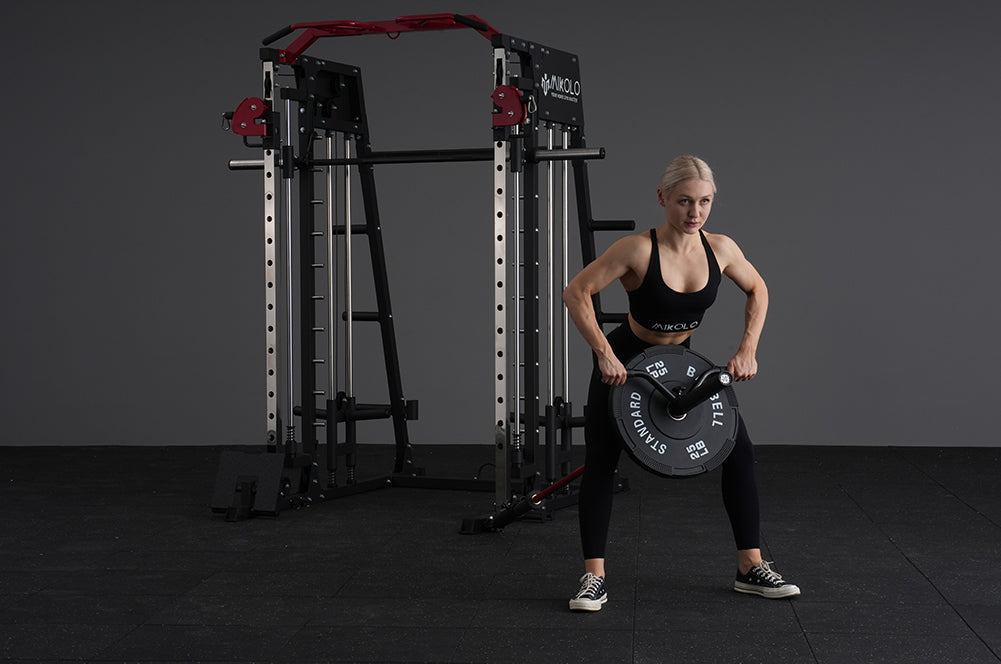Building bigger biceps is a common goal for many fitness enthusiasts. Whether you're a beginner or an experienced lifter, understanding the right techniques, exercises, and principles is crucial for maximizing bicep growth. In this guide, we’ll explore the most effective strategies to help you develop stronger, more defined arms.
The Anatomy of the Biceps
Before diving into workouts, it’s important to understand the biceps brachii muscle. The biceps consist of two heads:
-
Long head (outer portion)
-
Short head (inner portion)
While the biceps are responsible for elbow flexion (curling) and forearm supination (rotating the palm up), they also assist in shoulder movements. To fully stimulate growth, you must target both heads with a variety of exercises.
Best Exercises for Bicep Growth
1. Barbell Curls
A classic mass-builder, barbell curls engage both bicep heads effectively. Use a shoulder-width grip for balanced development.
2. Dumbbell Hammer Curls
This variation emphasizes the brachialis (a muscle beneath the biceps), which can make your arms appear thicker.
3. Incline Dumbbell Curls
Performing curls on an incline bench stretches the long head, leading to greater muscle activation.
4. Chin-Ups (Underhand Grip)
A compound movement that not only works the biceps but also engages the back, promoting overall upper-body strength.
5. Concentration Curls
Isolates the biceps by minimizing momentum, ensuring maximum muscle fiber recruitment.
Key Principles for Faster Bicep Growth
Progressive Overload
To grow your biceps, you must gradually increase resistance. Whether adding weight, reps, or improving form, consistent progression is essential.
Mind-Muscle Connection
Focus on squeezing the biceps at the top of each rep. Controlled, deliberate movements yield better results than swinging heavy weights.
Optimal Volume & Frequency
Research suggests 10–20 weekly sets per muscle group for hypertrophy. Training biceps 2–3 times per week with sufficient recovery can accelerate growth.
Proper Nutrition & Recovery
Muscles grow outside the gym. Ensure adequate protein intake (0.7–1g per pound of body weight) and prioritize sleep for optimal recovery.
Common Mistakes to Avoid
-
Overtraining – Biceps are small muscles; excessive volume can hinder recovery.
-
Poor Form – Swinging or using momentum reduces muscle engagement.
-
Neglecting Other Arm Muscles – Balanced development (triceps, forearms) enhances overall arm size.
Personal Experience: What Worked for Me
When I first started training, I made the mistake of curling heavy with poor form, leading to elbow strain. After adjusting to controlled reps and incorporating incline curls, I noticed a significant improvement in peak bicep development. Consistency, combined with proper technique, made the biggest difference—not just lifting heavier weights.
Final Thoughts
Growing your biceps requires a mix of smart training, progressive overload, and patience. Stick to compound and isolation movements, prioritize form, and fuel your body properly. With dedication, you’ll see noticeable gains in strength and size over time.










































Leave a comment
This site is protected by hCaptcha and the hCaptcha Privacy Policy and Terms of Service apply.